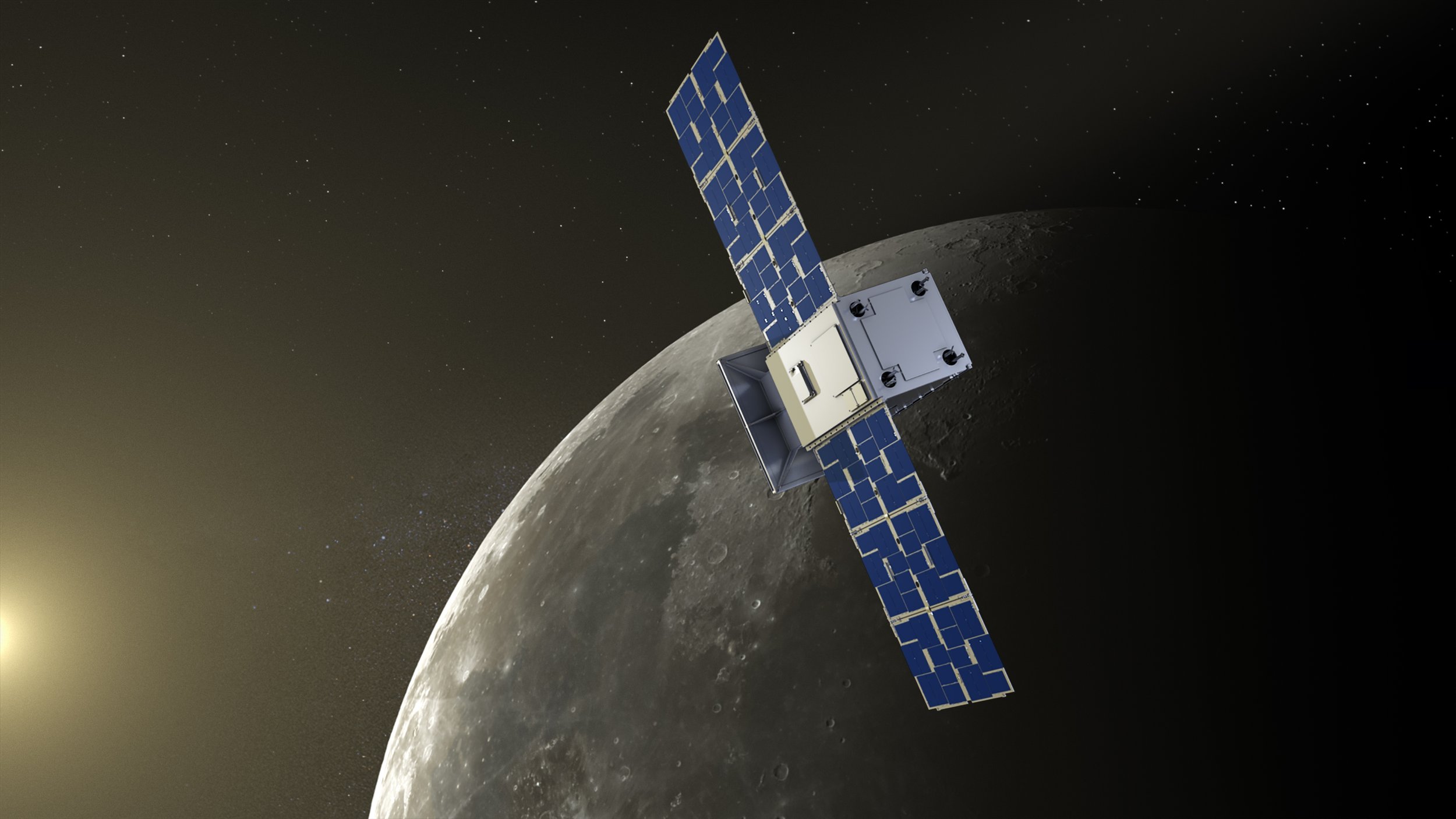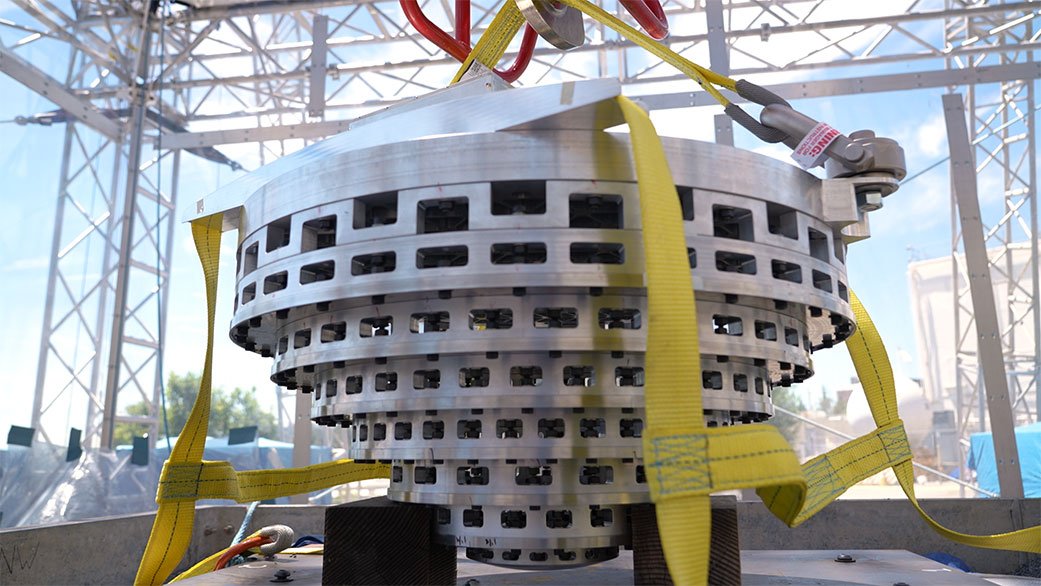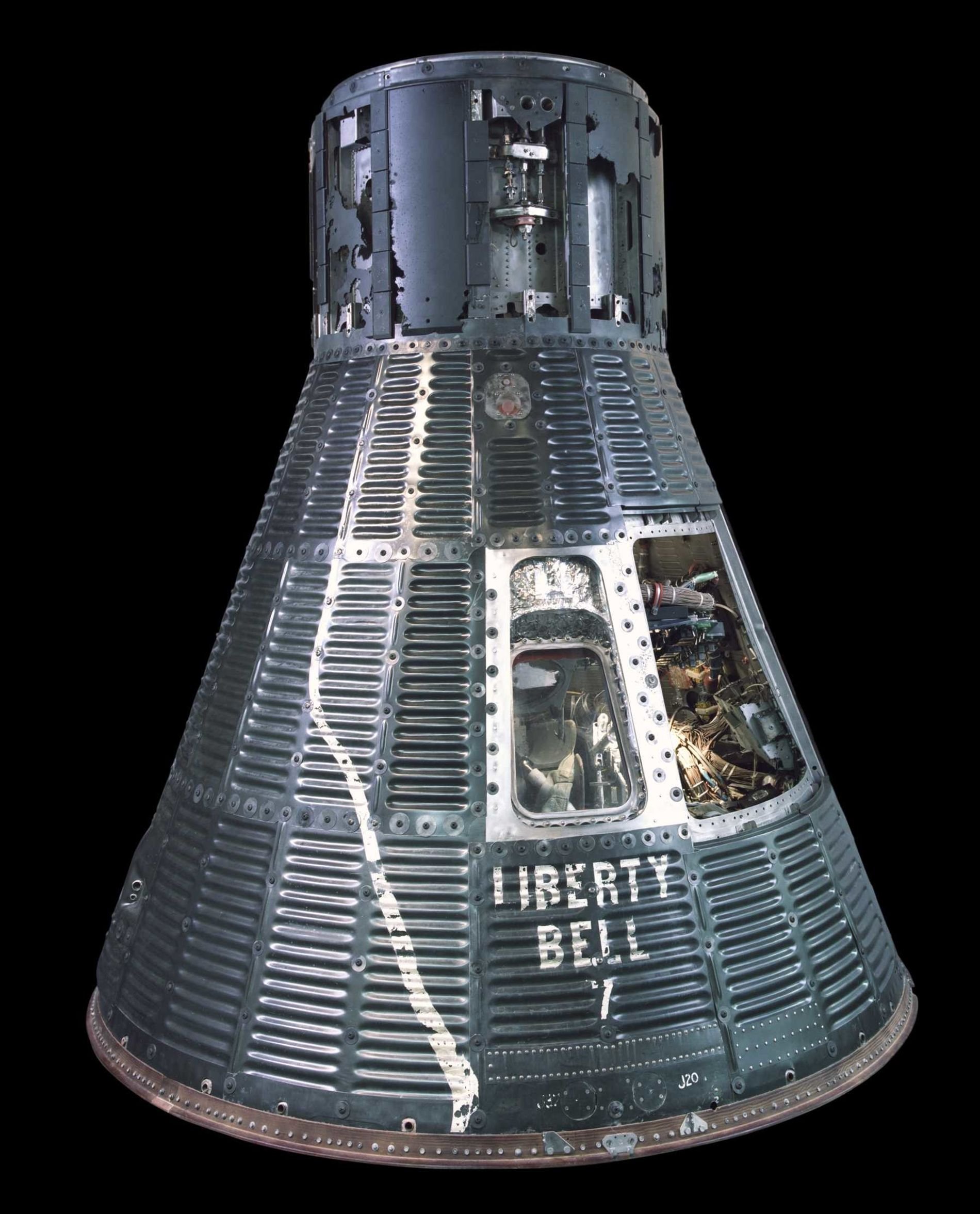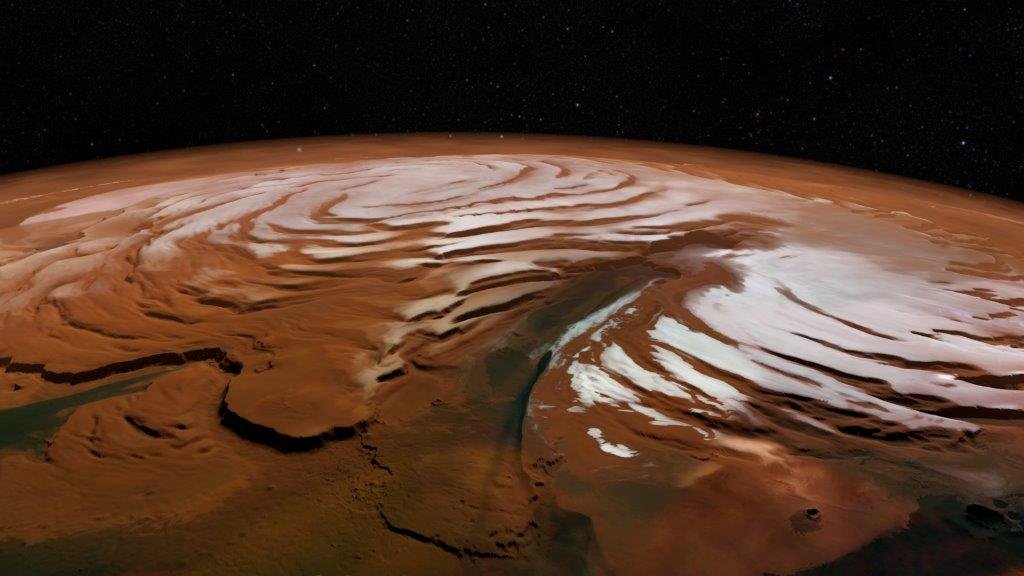On November 13, 2022, the Cislunar Autonomous Positioning System Technology Operations and Navigation Experiment (CAPSTONE) spacecraft entered lunar orbit becoming the first Cubesat spacecraft to do so.
The spacecraft, operated by NASA, was launched in New Zealand on June 28, 2022. But instead of taking the normal three-day mission course, NASA tried something else.
Most spacecraft, when they go to the moon or other places in the solar system, will fire their engines until there's no fuel left. This can work and the technique is used a lot. But NASA considered a different way; the rocket could slowly make it to the moon by slowly raising its orbit, until it came in contact with the moon. This proved to be successful and could work with future missions.
CAPSTONE itself is a masterpiece. It is what many people call a Cubesat, which is a microwave sized spacecraft that is normally low-budget but easier to launch. The spacecraft is the first Cubesat to orbit another body besides Earth.
CAPSTONE got into a polar orbit around the moon, which means the spacecraft is circling the moon always at a 90 degrees tip. This was also another first.
And many spacecraft like this will follow. SpaceX and NASA teamed up to launch a small ice hunting Cubesat called SmallSat, which is supposed to launch within the next few weeks.
NASA’s Artemis 1 mission with the Orion spacecraft, which is also supposed to launch this month, also carries a dozen of Cubesats hitching a ride on the second stage of the SLS rocket. CAPSTONE is supposed to be a trailblazer in future technology that we can use when we land back on the moon and go to Mars.






















